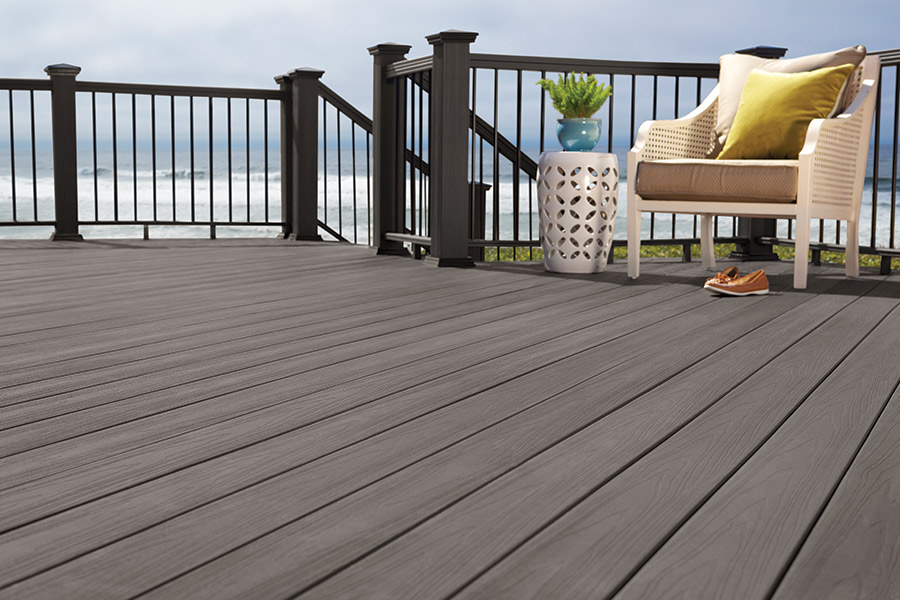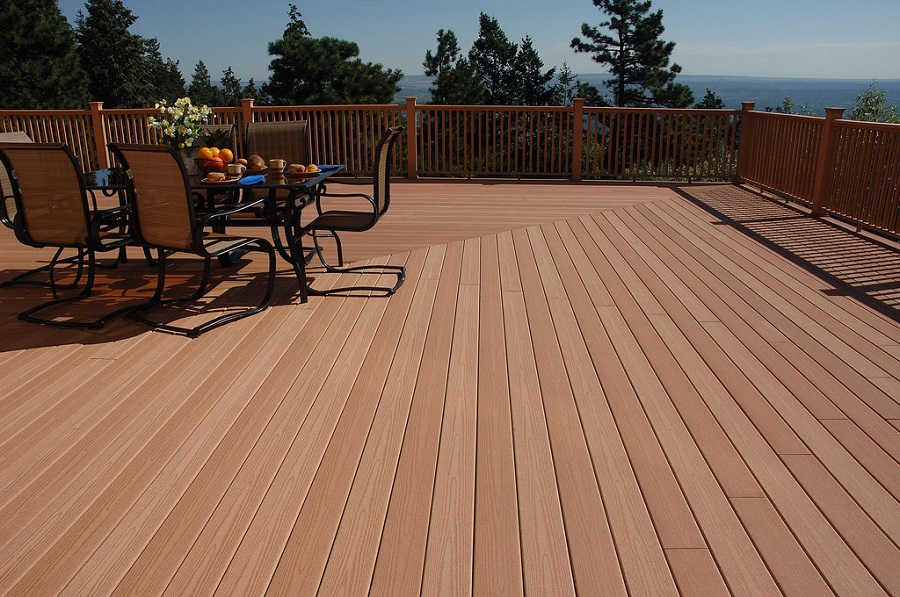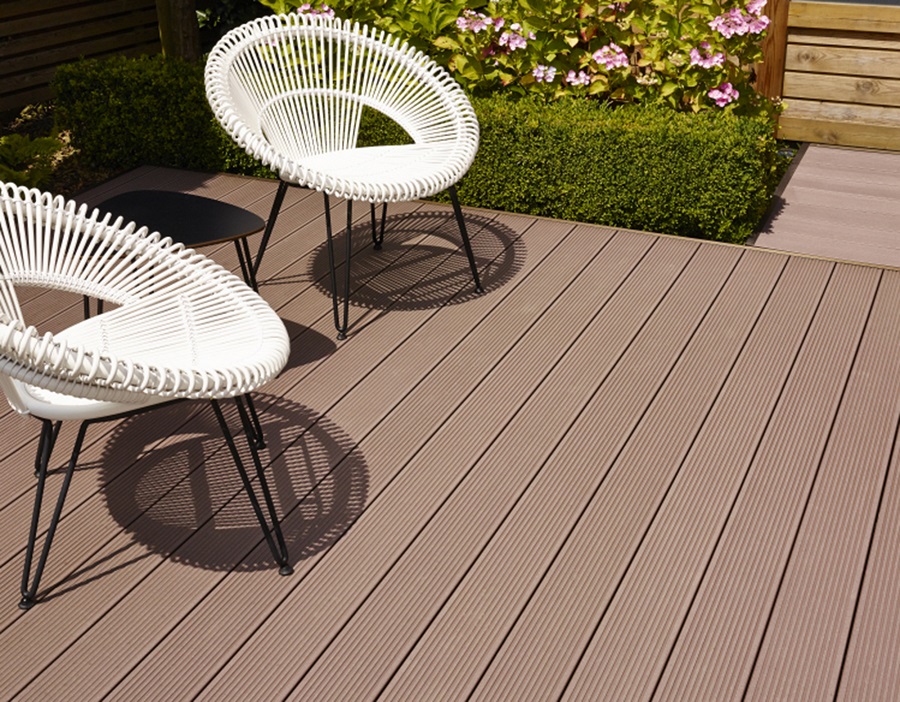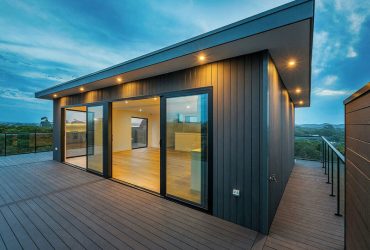The Advantages Of Wood Plastic Decking
As an alternative to traditional wood, wood-plastic products have shown great advantages in many performance aspects. Today we will analyze the differences between wood-plastic decking and ordinary wood decking from different perspectives and their respective advantages and disadvantages.

Traditional wood is easier to absorb moisture. If it is not maintained regularly, it is prone to moisture and rot, expansion and deformation, and potholes. Wood-plastic materials are not easy to get wet and rot. Compared with ordinary wood, the material is harder, more stable, and it is not easy to deform.
Safety:
Traditional wood decking will eventually chip, but wood-plastic decking is made of small wood fibers wrapped in plastic so they won't chip. This is especially important for walking barefoot on decks and for children and pets.
Environmentally friendly:
Products made of traditional wood consume a lot of wood and have a great impact on the protection of the ecological environment. Wood-plastic materials can be made of various waste plastics, wood and crop residues, helping to slow down plastic waste. It also helps to reduce the pollution caused by the incineration of agricultural wastes to the environment.

Due to its natural characteristics, traditional wood is easy to attract borers and termites, and wood-plastic materials are insect-proof and termite-proof, effectively eliminating pest harassment and prolonging service life.
plasticity:
Wood-plastic material has strong plasticity and is easier to bend, so it can realize the decoration of some special materials, such as the curved part of the deck.
Install:
Traditional wood requires a lot of human and material resources in the installation process. Wood-plastic materials are simple to install, convenient to construct, do not require complicated construction processes, and save installation time and costs.

Traditional wood often needs regular maintenance after installation to ensure the surface is smooth and flat. Because of natural wood, it needs to be painted and refurbished regularly every year. Clean, save later repair and maintenance costs.
Fireproof:
Traditional wood is far inferior to wood-plastic products in terms of fire protection. Wood-plastic products have high fire resistance, can be effectively flame retardant, self-extinguishing in case of fire, and do not produce any toxic gas. Traditional wood is flammable in case of fire, which is easy to pose a threat to safety.
Anti-slip:
Compared with wood-plastic products, the surface of traditional wood has greater friction, and it is not easy to slip when exposed to water. The surface of wood-plastic products is too smooth and it is easy to slip when wet.

